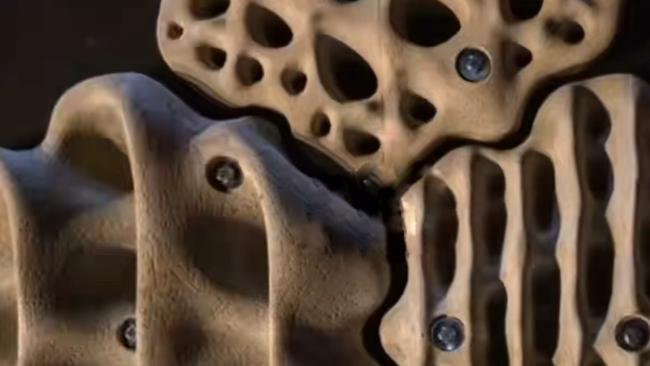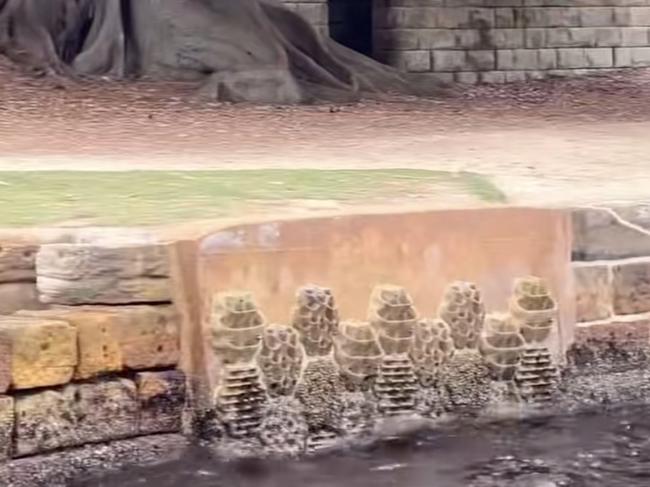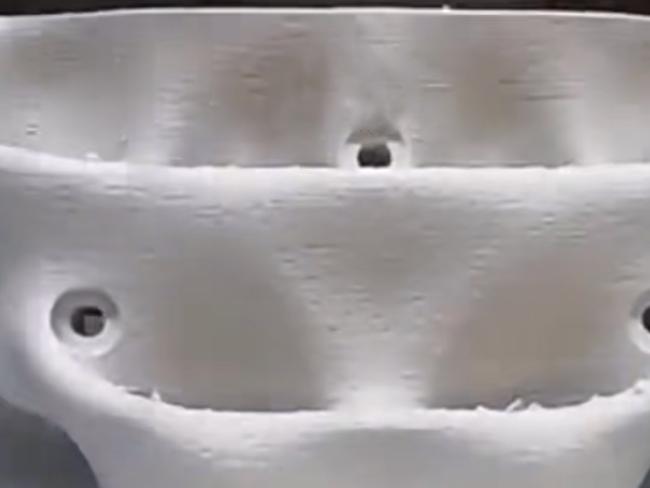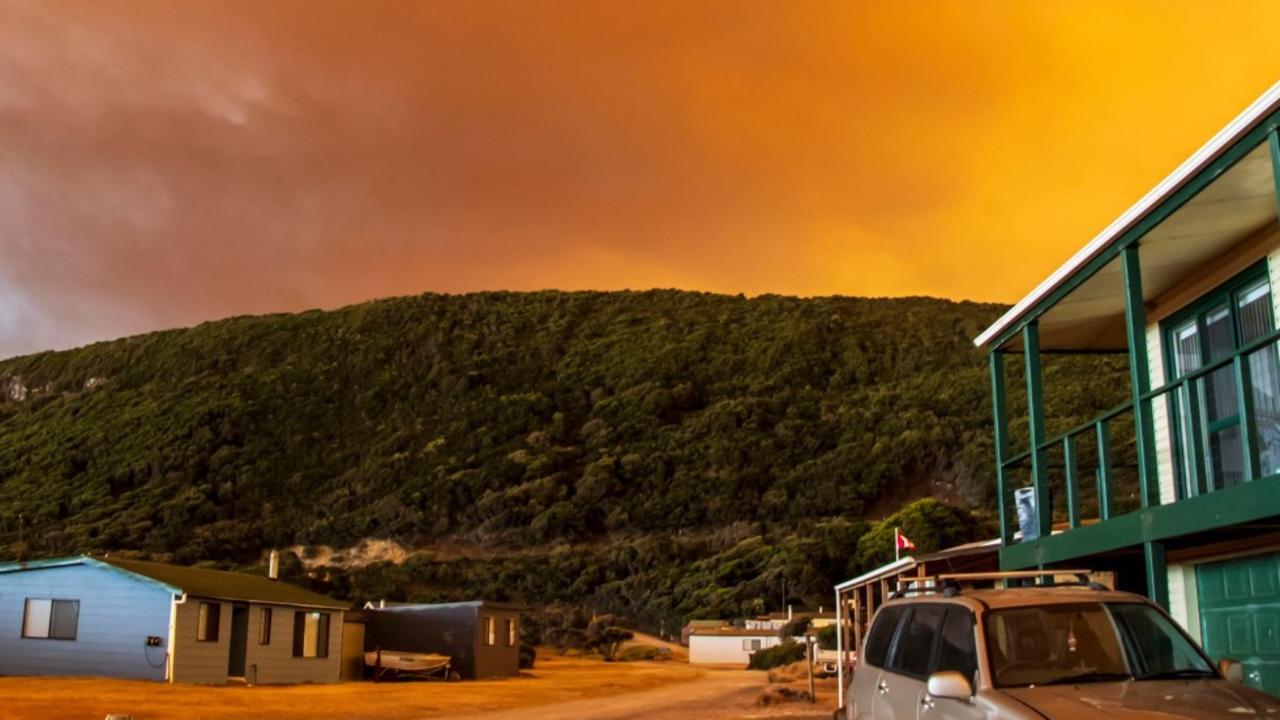World first behind change to Sydney Harbour
A huge feature of Sydney Harbour has been changed – but you might not have noticed.

Environment
Don't miss out on the headlines from Environment. Followed categories will be added to My News.
A team at the University of New South Wales have banded together to innovate a concept that could save Sydney Harbour.
By simply changing the structure of the iconic harbour’s seawalls, more than 150 marine species will be able to thrive where they could not before.

In the project dubbed Living Seawalls, marine ecologist from UNSW Sydney and the Sydney Institute of Marine Science, Associate Professor Mayer Pinto, and her team are fitting textured concrete panels to sea walls to mimic oceanic structures.
She said the project was holistically repairing multiple habitats at once.
“More than 50 per cent of the Sydney Harbour shoreline is modified by seawalls,” she said.
“They are quite flat and barren compared to rocky shelves, which are full of places for small marine organisms to hide and grow.
“Sea walls not only cause habitat loss, but they’re not able to support as many organisms compared to natural rocky shores.”

After more than 200 years of urbanisation, the quality of the marine life has been degraded and Living Seawalls seeks to restore its integrity.
The new seawalls are specially designed and 3D printed to create rockier habitat spaces for small sea creatures along the harbour shoreline, compared to the smooth and inhospitable rocks currently lining the harbour.

Each one with a different texture, the panels are modular and can be fitted together like a mosaic.
Since being installed in Sydney, Living Seawalls have increased marine life by 36 per cent and have become home to 150 species of seaweed, fish, oysters and mussels.
Professor Adriana Vergés, a marine ecologist from UNSW Sydney and the Sydney Institute of Marine Science, said marine conservation was not just about preserving but also intervening and actively restoring what has been lost.
“Restoration at the seascape scale is quite rare,“ Prof. Vergés said.
“So, in many ways, Sydney Harbour could become the blueprint for how more multi-habitat restoration can be achieved globally.”
More Coverage
Originally published as World first behind change to Sydney Harbour




